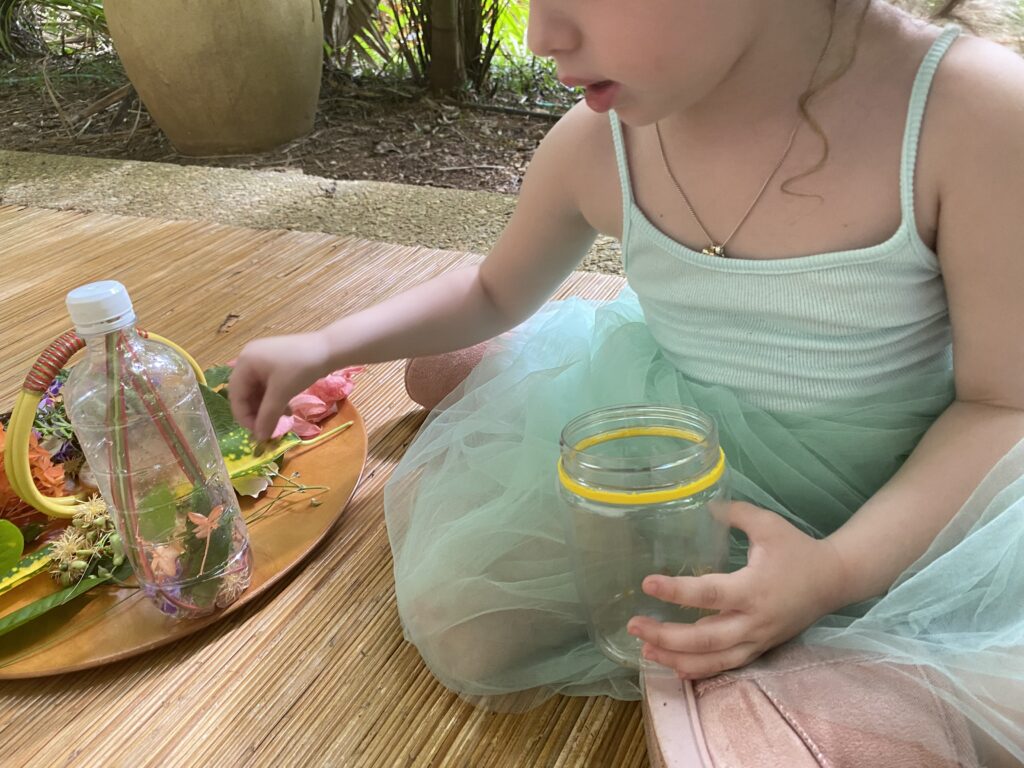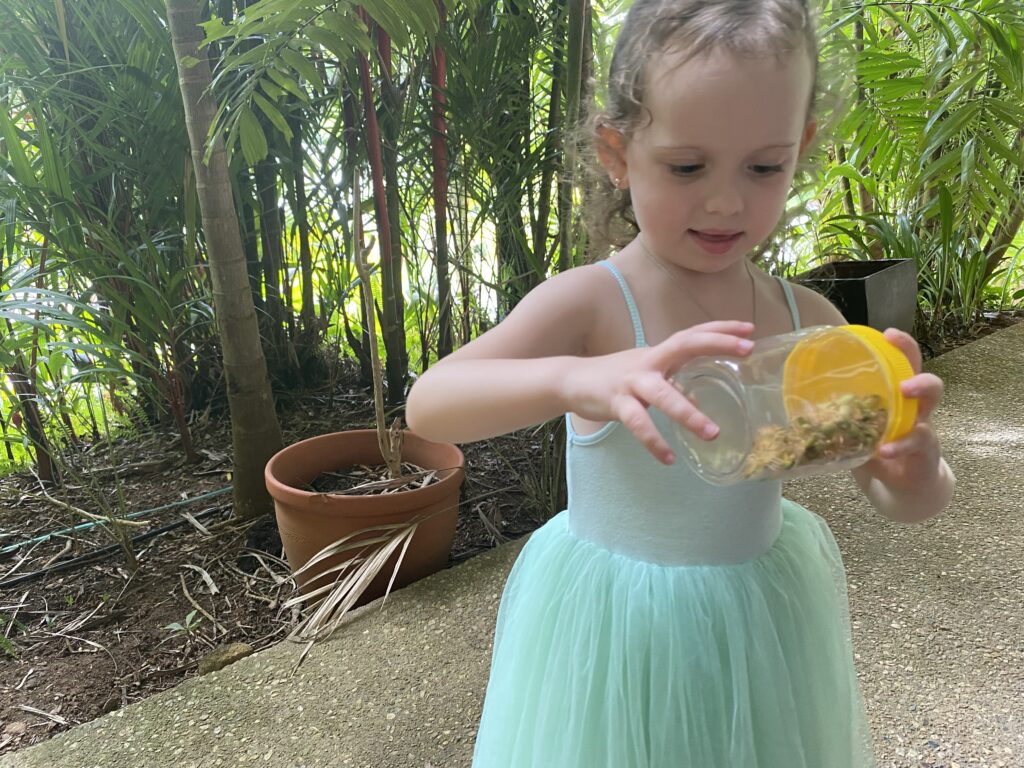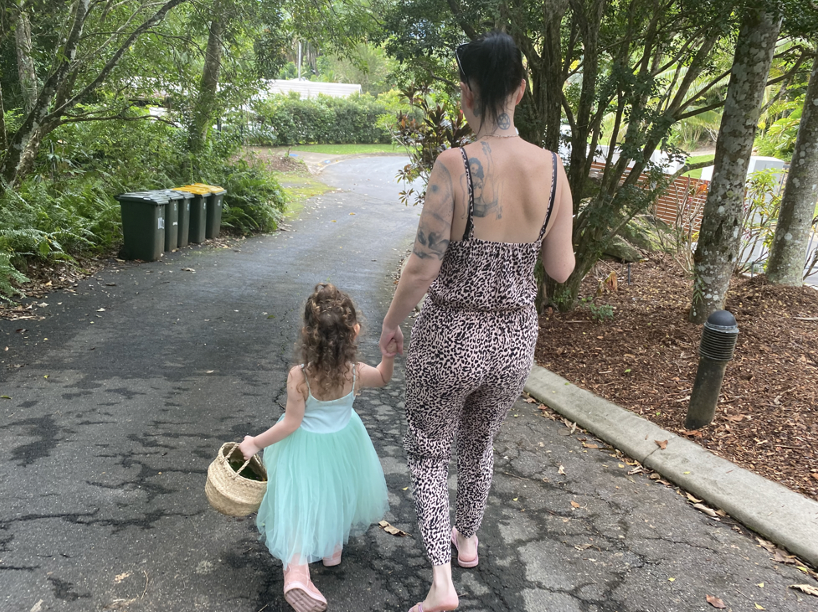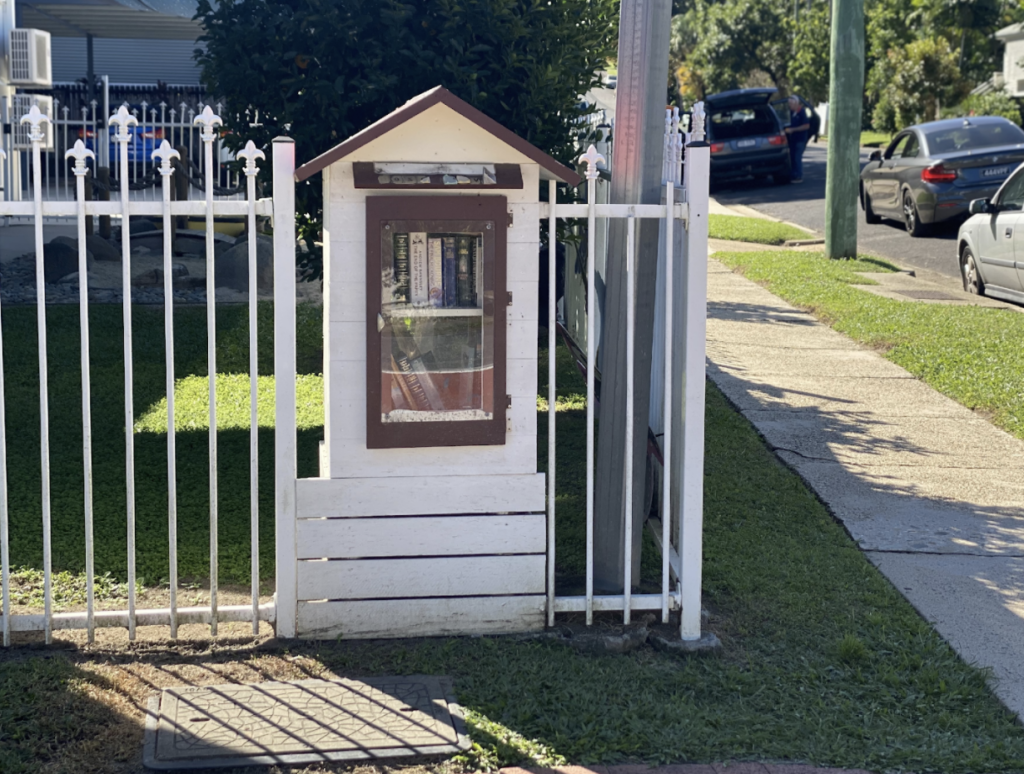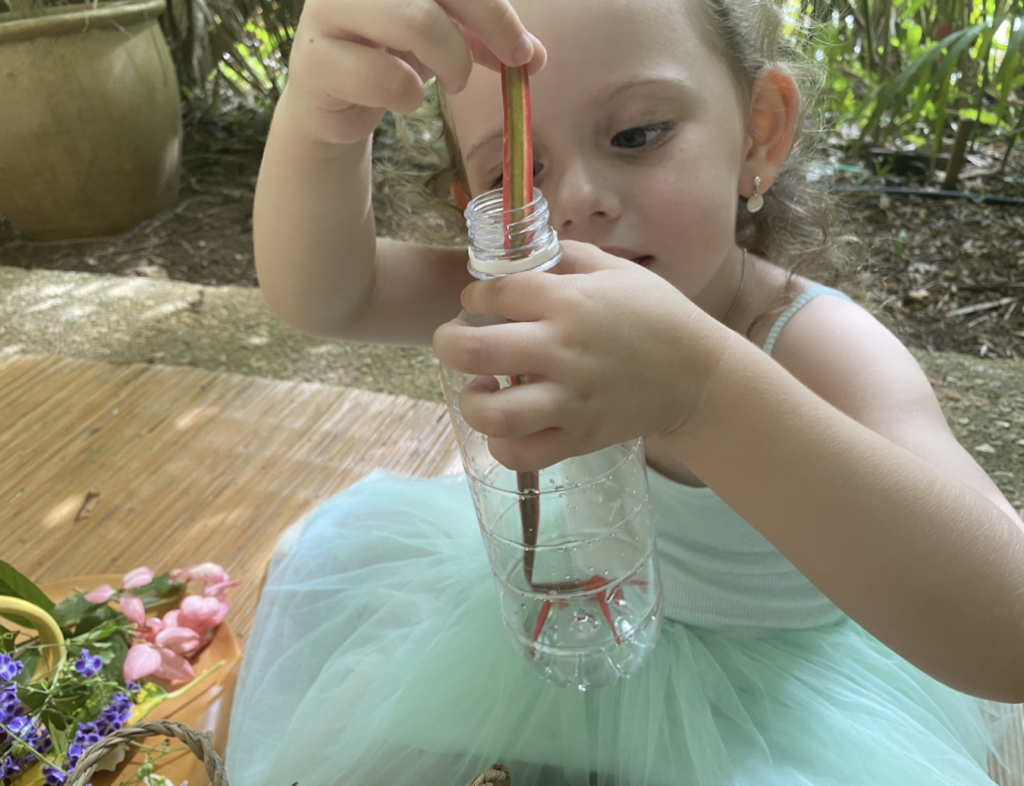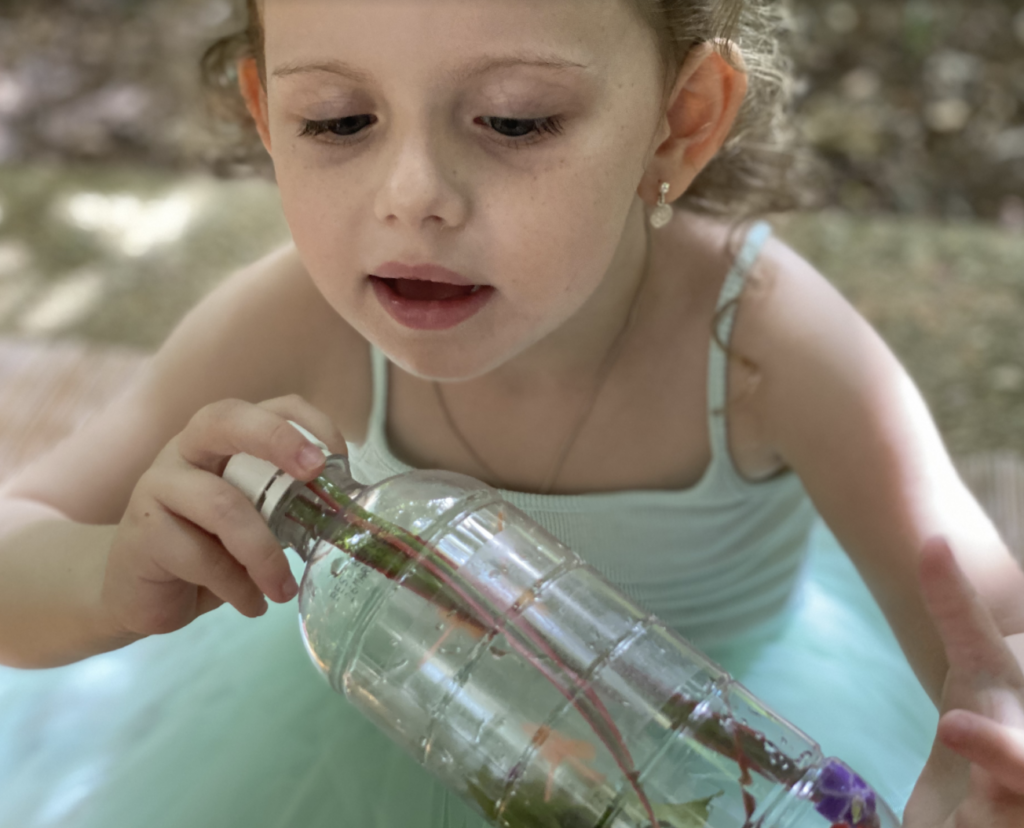What is LAUDATO SI?

Imagine this…
Saint Francis of Assisi channelled through the penmanship of Pope Francis invites EVERYONE into a conversation about how we are shaping the future of our planet because it affects us ALL.

LAUDATO SI is not just for Catholics around the world but far more importantly it is a call out to ALL religious leaders in the entire world calling for their support in creating global wellness of our civilization and of our planet.
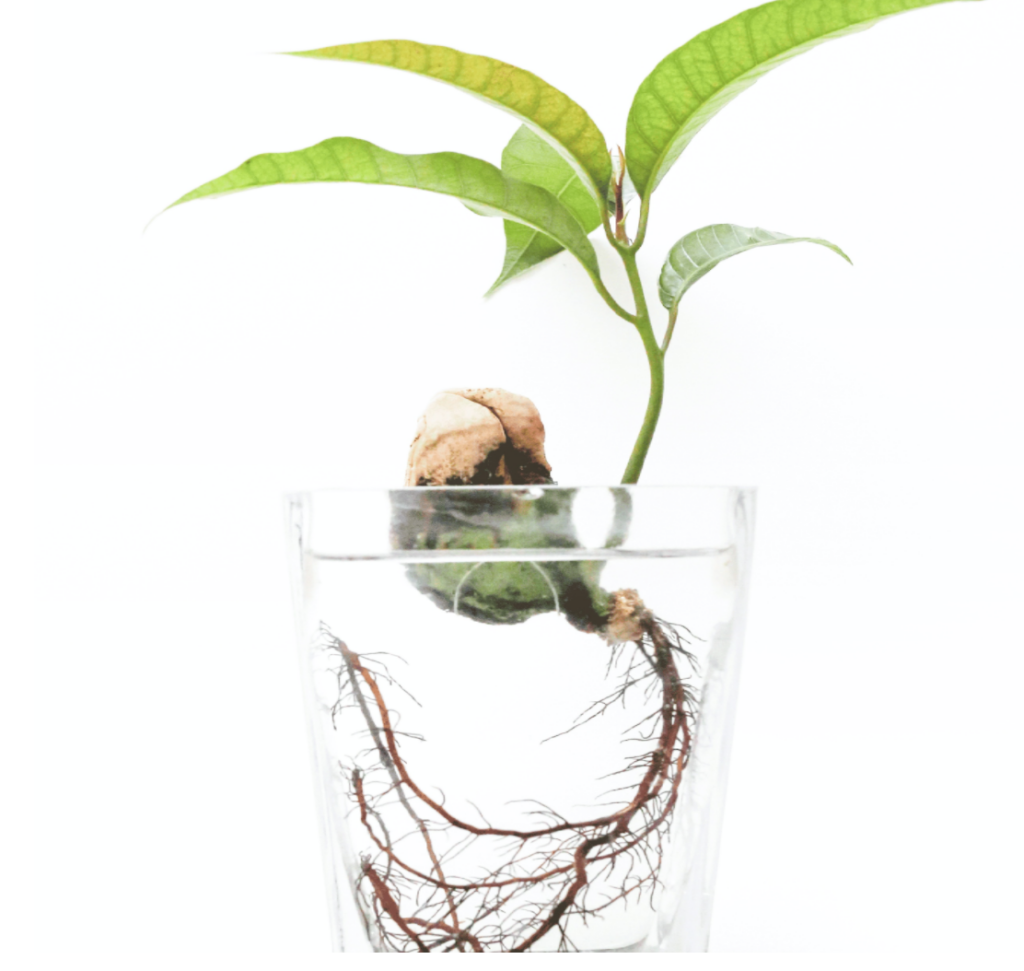
What is LAUDATO SI?
LAUDATO SI is a historic INVITATION to EVERY single individual on the planet because it is at the human level that regenerative responsibilities will flourish.
WITHOUT A DOUBT, I SEE.
